Introduction
In today's rapidly evolving technological landscape, migrating to Kubernetes has become a critical strategy for organizations aiming to enhance their cloud infrastructure and streamline application management. The journey to Kubernetes migration, however, is complex and requires meticulous planning, assessment, and execution. This comprehensive guide delves into every essential phase of the process, from pre-migration planning to ongoing maintenance, ensuring a seamless transition and robust system performance.
Beginning with a thorough pre-migration assessment, organizations must evaluate their current infrastructure, identify key stakeholders, and establish clear business goals. Detailed inventories of existing applications and their dependencies are crucial for crafting a strategic migration plan. The guide also emphasizes the importance of leveraging expert insights and market research to navigate potential challenges effectively.
Assessing the current environment to identify components suitable for migration, containerizing applications using best practices, and creating precise Kubernetes manifests are pivotal steps covered in this guide. Deploying applications to the Kubernetes cluster with tools like kubectl, managing stateful applications with StatefulSets, and implementing a phased migration strategy are discussed to ensure minimal disruptions and smooth transitions.
Post-migration considerations, such as performance assessment, resource optimization, and continuous monitoring, are highlighted to maintain system stability and align with business objectives. The guide also addresses common challenges and provides mitigation strategies, including targeted training programs and expert consulting services, to ensure successful implementation.
By following these detailed steps and leveraging industry best practices, organizations can effectively migrate to Kubernetes, achieving enhanced scalability, performance, and resilience in their cloud infrastructure.
Pre-Migration Planning
Prior to starting a Kubernetes transition, it is essential to conduct a thorough evaluation of your existing systems and software. Start by recognizing the key stakeholders involved in the transition process and comprehending the business objectives motivating this initiative. Establishing a clear timeline is essential for tracking progress and ensuring alignment with organizational objectives.
Create a detailed inventory of existing applications, services, and their dependencies. This inventory will guide your transition strategy and help you anticipate potential challenges. Recent research indicates that approximately 94 percent of organizations are already utilizing cloud services, reflecting the importance of cloud-based solutions in modern business strategies. Furthermore, with 70 percent of enterprises reporting that more than half of their infrastructure is now cloud-based, understanding your current setup becomes even more critical.
One real-world example is the North American energy company that partnered with Deloitte to address their carbon emissions while undertaking a $40 billion capital program. This case emphasizes the significance of adopting a comprehensive and strategic method to movement, ensuring that all facets of the existing infrastructure are taken into account to attain sustainable and efficient results.
Furthermore, utilizing knowledge from industry specialists, like that offered by PAC Analyst, can provide useful market research and evaluation to assist your transition process. Their extensive experience in supporting global software and IT services vendors can help you understand market dynamics, increase revenue, and improve market presence during your transition journey.
By conducting a thorough assessment and leveraging expert insights, organizations can effectively navigate the complexities of Kubernetes migration, ensuring a smooth transition and alignment with long-term business goals.
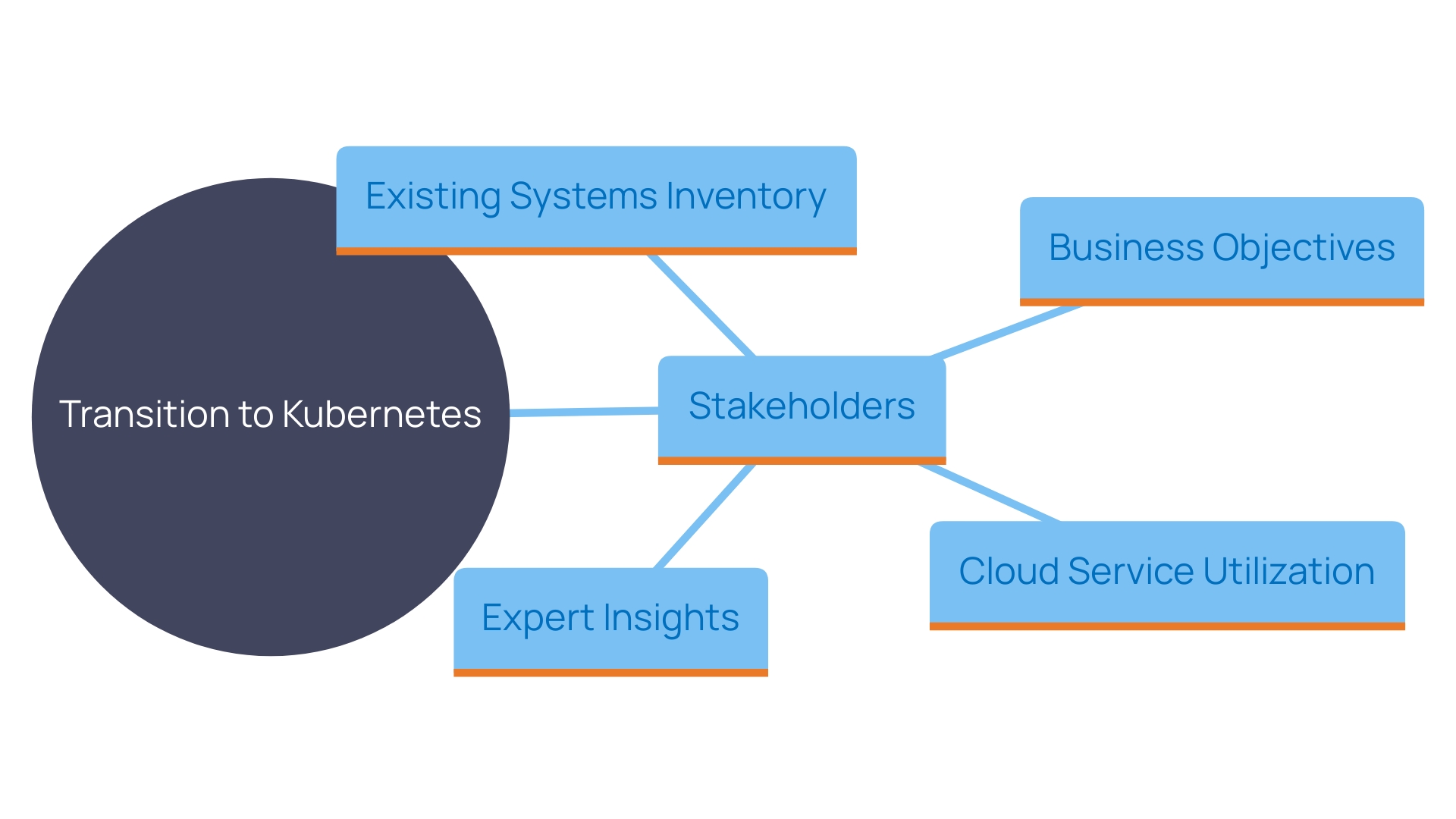
Assessing Your Environment
Conduct a thorough evaluation of your current environment to identify which components can be seamlessly migrated and which may require refactoring. Analyze the performance, scalability, and resource utilization of your applications in detail. Check the compatibility of existing tools and technologies with the container orchestration platform, noting any gaps that need to be addressed. Based on the 2023 Containers in the Enterprise Report, 88% of participants employ containers in both development and production settings, with 71% using the orchestration platform, highlighting its widespread use and significance. By aligning your technology stack with these metrics, you ensure streamlined integration and optimal performance post-migration.
Containerization
'Containerizing your software marks the initial step towards a successful Kubernetes transition.'. This process involves packaging your software and all their dependencies into lightweight, standalone containers using tools like Docker. Each container includes everything required to perform a specific segment of your software, encompassing the code, runtime, system tools, libraries, and settings. This ensures portability and consistency across different computing environments.
Adhering to best practices is crucial. Containers must be optimized for security and efficiency. By following these principles, you minimize waste and enhance the workflow, aligning with the Lean methodology that emphasizes customer value and efficiency. The Agile development process, which fosters rapid delivery and adaptation, can also benefit from this approach.
Embrace the transformative potential of containerization to drive your digital projects forward, ensuring your programs are robust, secure, and ready for the dynamic demands of modern software development.
Creating Kubernetes Manifests
Creating the necessary manifests for container orchestration is vital for outlining how your programs will function within the cluster. This involves creating deployment, service, and ingress resources, all of which are specified using YAML files. These files enable you to set parameters such as replicas, resource limits, and environment variables, ensuring your programs are meticulously coordinated within the container orchestration environment. According to recent studies, the effective use of configuration management tools like YAML is fundamental, as it ensures data structure and hierarchy are well-defined, thereby optimizing the overall deployment process.
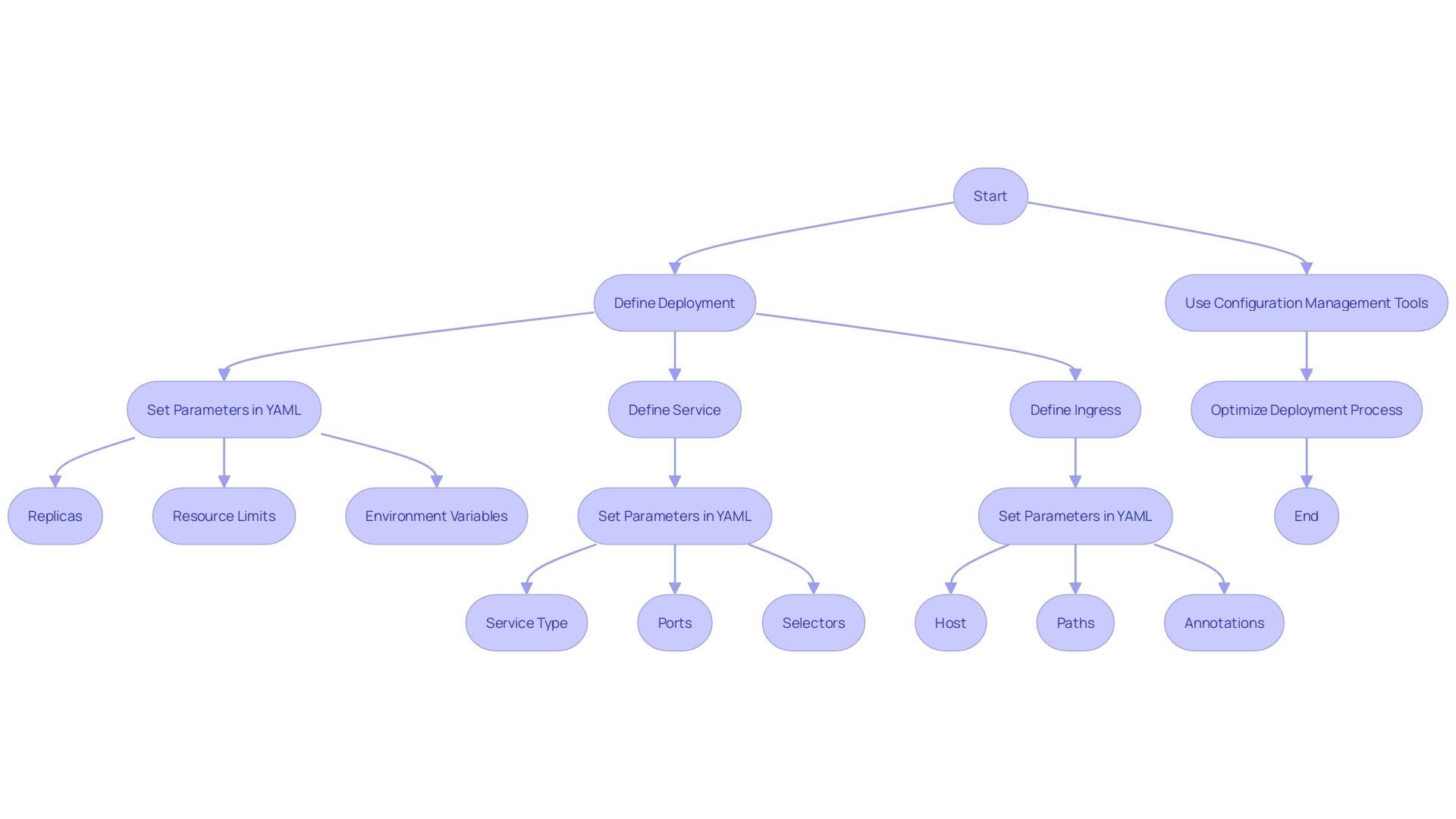
Deploying to Kubernetes
After generating your manifests, launch your programs to the container orchestration platform using tools like kubectl. This command-line tool simplifies the deployment process, allowing you to apply the manifests and closely monitor the deployment. Ensure that all services are operational and perform troubleshooting as necessary. The container orchestration platform automates numerous facets of container management, including scaling and ensuring system stability. This automation is crucial for handling complex AI models and large volumes of data, enabling AI engineers to focus on model development and optimization rather than infrastructure management. As AI continues to reshape software development, integrating Kubernetes into your workflow can significantly enhance efficiency and scalability.
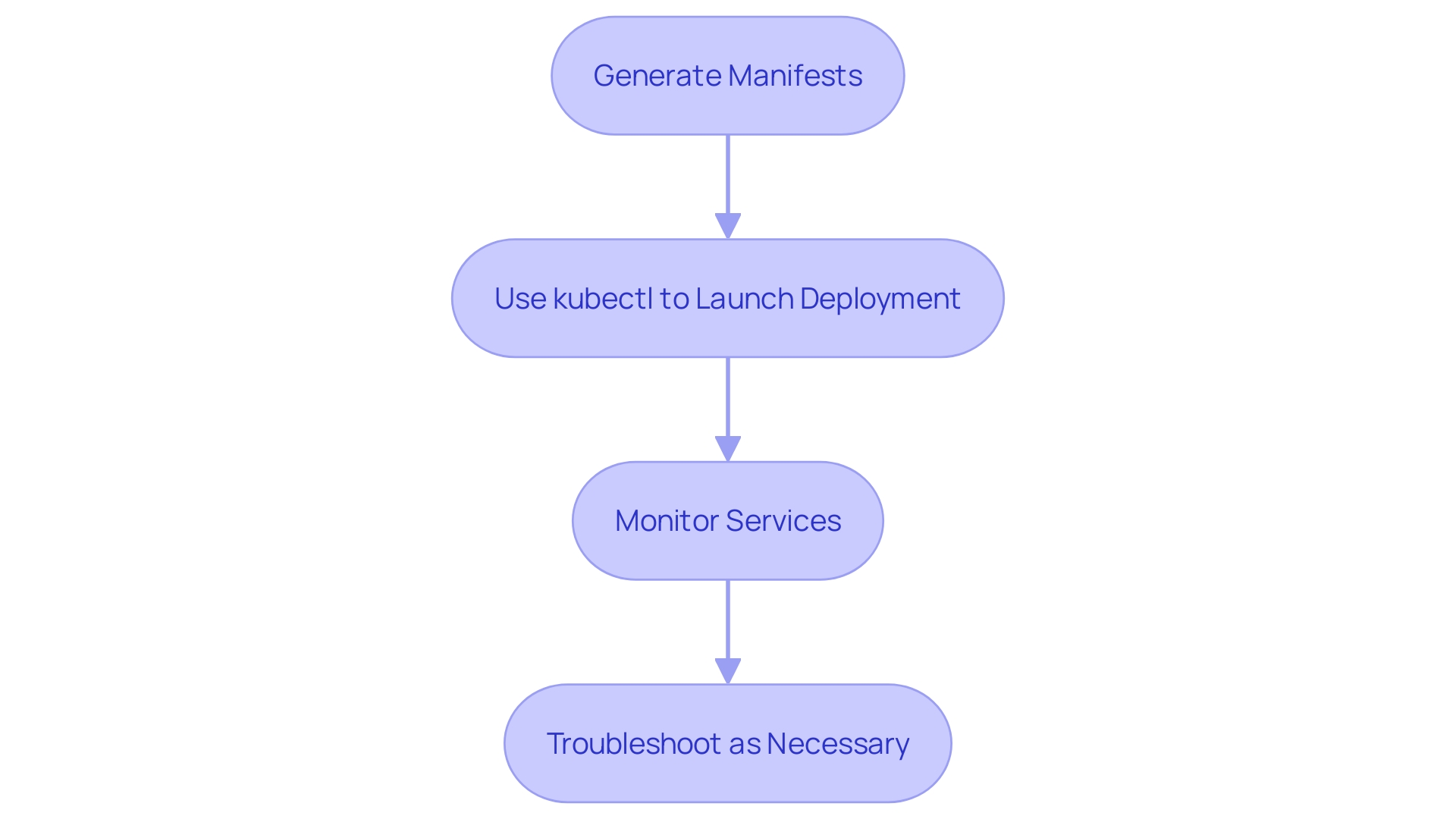
Handling Stateful Applications
When migrating stateful systems, utilizing StatefulSets is crucial to manage deployment and scaling effectively. At the core of financial tools, key entities such as customers or loan requests, identified by unique markers, necessitate a robust approach to maintaining data integrity. Configuring persistent storage correctly ensures these entities retain their integrity throughout the migration. Comprehensively assessing the stateful systems in the new environment verifies that they function as anticipated, protecting data integrity and performance. Embracing a dynamic mindset, continually reassessing architectural decisions, and adopting new technologies can enhance system resilience, performance, and cost-effectiveness. This approach is vital in today's rapidly evolving cloud landscape.
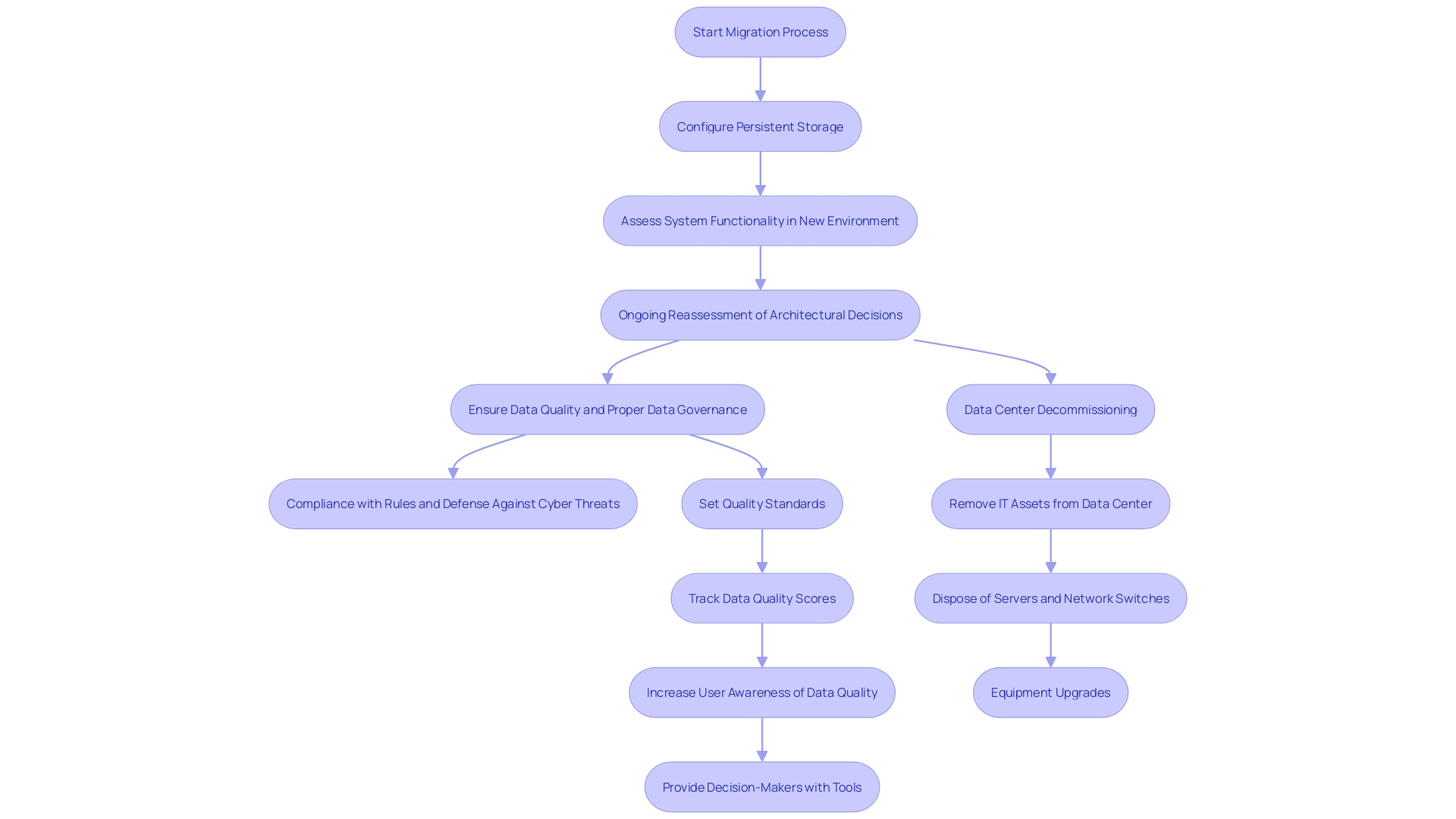
Ensuring a Smooth Migration
To ensure a successful migration with minimal disruptions, it is crucial to implement a phased migration strategy. Start with less essential programs to test the process, enabling you to uncover possible problems early on. An essential part of this strategy is to monitor the performance of applications post-migration meticulously. Gathering feedback from users will provide valuable insights, enabling you to address any issues promptly. This iterative approach ensures continuous improvement and reduces the risk of significant disruptions. During the initial phases, ask key questions to align the transition strategy with your organization’s goals, such as defining success metrics and understanding the scope of the transition. This methodical approach ensures a smooth transition and aligns with industry best practices for minimizing downtime and enhancing overall system performance.

Post-Migration Considerations
Following the transfer, it's essential to conduct a comprehensive examination of the new environment. Assess application performance, resource utilization, and overall system stability. Utilize runbooks to streamline this evaluation process, ensuring consistency and reducing human error. Document insights from the team and lessons learned to refine future migrations. Emphasize the importance of this documentation as a valuable resource for troubleshooting, upgrades, and future planning. This proactive approach ensures the smooth operation of your IT environment and aligns with business objectives.
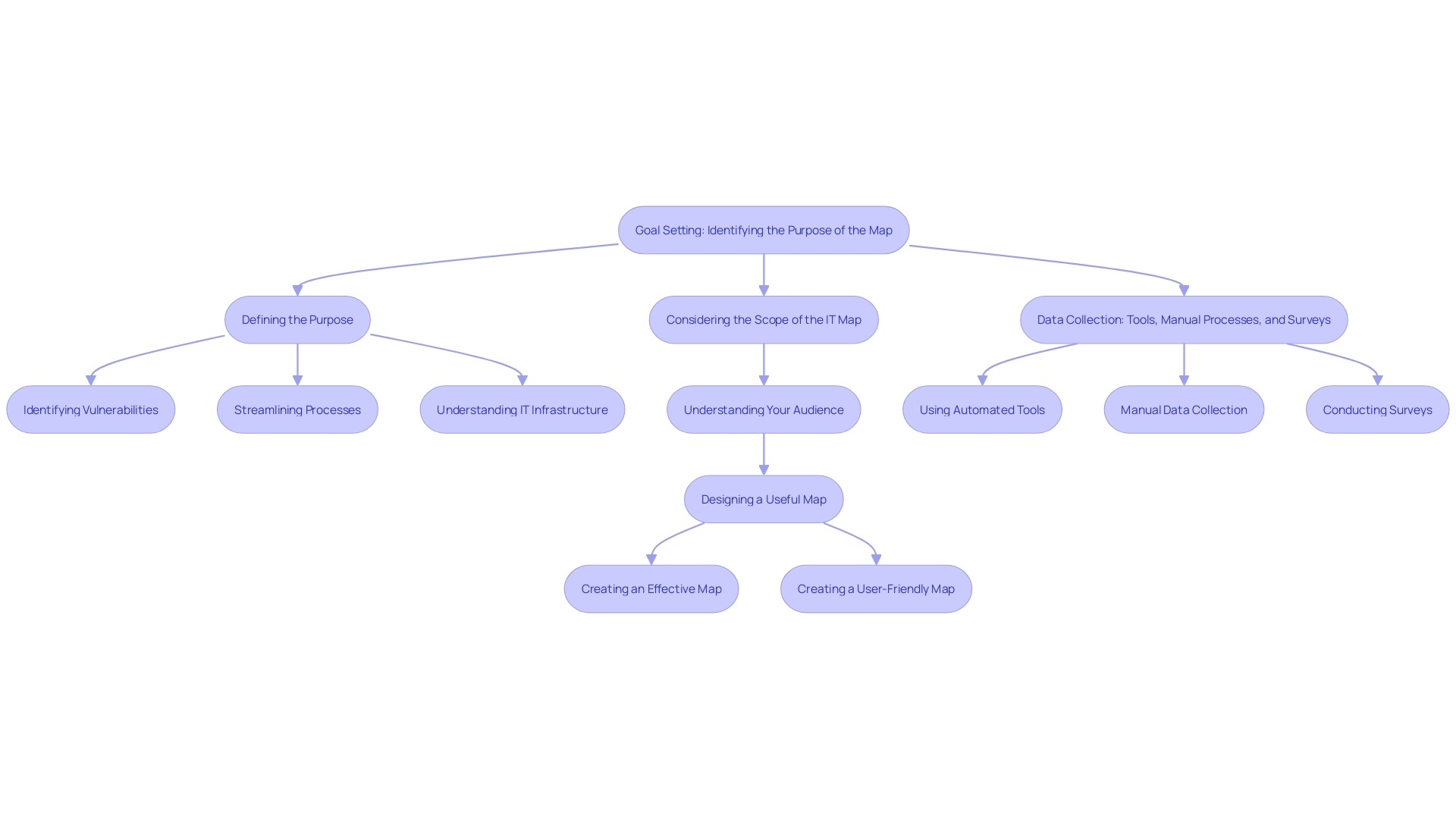
Testing and Optimization
To ensure the migrated software meets performance benchmarks, start by conducting comprehensive testing. This involves not just basic performance tests but a thorough evaluation using advanced tools and methodologies. Based on the testing outcomes, configurations and resource allocations should be meticulously optimized. As noted in the State of Observability for IT and Telecommunications Report by New Relic, the strategic movement of data is crucial for maintaining operational efficiency and competitive edge.
Monitoring logs and metrics continuously is essential to identify areas needing further improvement. This approach aligns with the evolving nature of enterprise IT landscapes where observability, as opposed to traditional monitoring, offers a dynamic understanding of system behavior and performance. 'Embracing observability can help organizations remain flexible and tackle the complexities of modern, distributed systems effectively.'.
Additionally, leveraging insights from industry reports and adopting best practices from digital experience management ensures that applications not only meet but exceed performance expectations from the user's perspective.
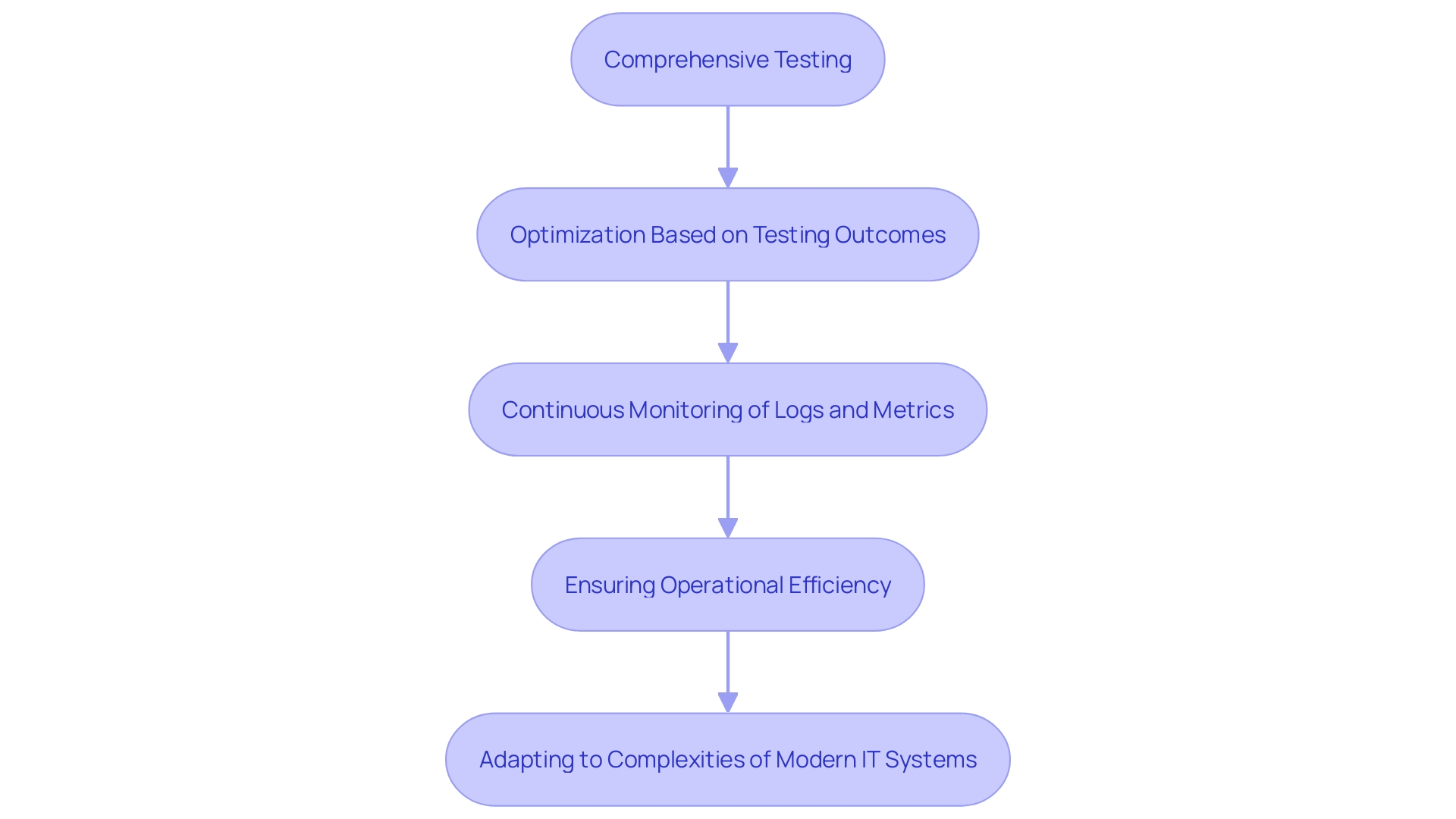
Ongoing Maintenance and Support
Creating a strong strategy for continuous upkeep and assistance of the container orchestration system is essential. This entails regular updates, applying security patches, and consistent performance monitoring. Leveraging Agile principles can significantly enhance this process, ensuring rapid adaptation and high-quality outcomes. Training your team is also essential to equip them with the necessary skills to manage and optimize the Kubernetes setup effectively. Emphasizing a customer-centric approach, as seen in Lean methodology, can further streamline operations and minimize waste, ultimately delivering greater value.
Common Challenges and Mitigation Strategies
'Navigating the challenges of software compatibility, data transfer, and team skill gaps requires a multifaceted approach.'. Ensuring application compatibility often involves conducting thorough testing across different environments to identify potential issues early. Data migration, a critical phase, can be streamlined by leveraging comprehensive data engineering expertise, which entails cleaning, transforming, and structuring data appropriately. This process not only maintains data quality but also facilitates smooth transitions.
Addressing team skill gaps is essential for successful implementation. Providing targeted training programs can bridge these gaps, ensuring that the team is well-versed in new technologies and methodologies. Additionally, partnering with Kubernetes consulting services offers expert support and guidance, significantly reducing the risk of deployment failures.
Real-world examples, such as the pivot by a leading database company to incorporate Generative AI, highlight the importance of adapting to technological shifts and equipping teams with the necessary skills and resources. This transition was well-received by both customers and developers, underlining the value of flexibility and expertise in contemporary tech landscapes.
Moreover, the concept of DevOps underscores the importance of collaboration and automation in achieving efficiency and improving software quality. Embracing these practices can lead to faster delivery cycles and enhanced productivity, making it a crucial strategy for overcoming common challenges in technology projects.
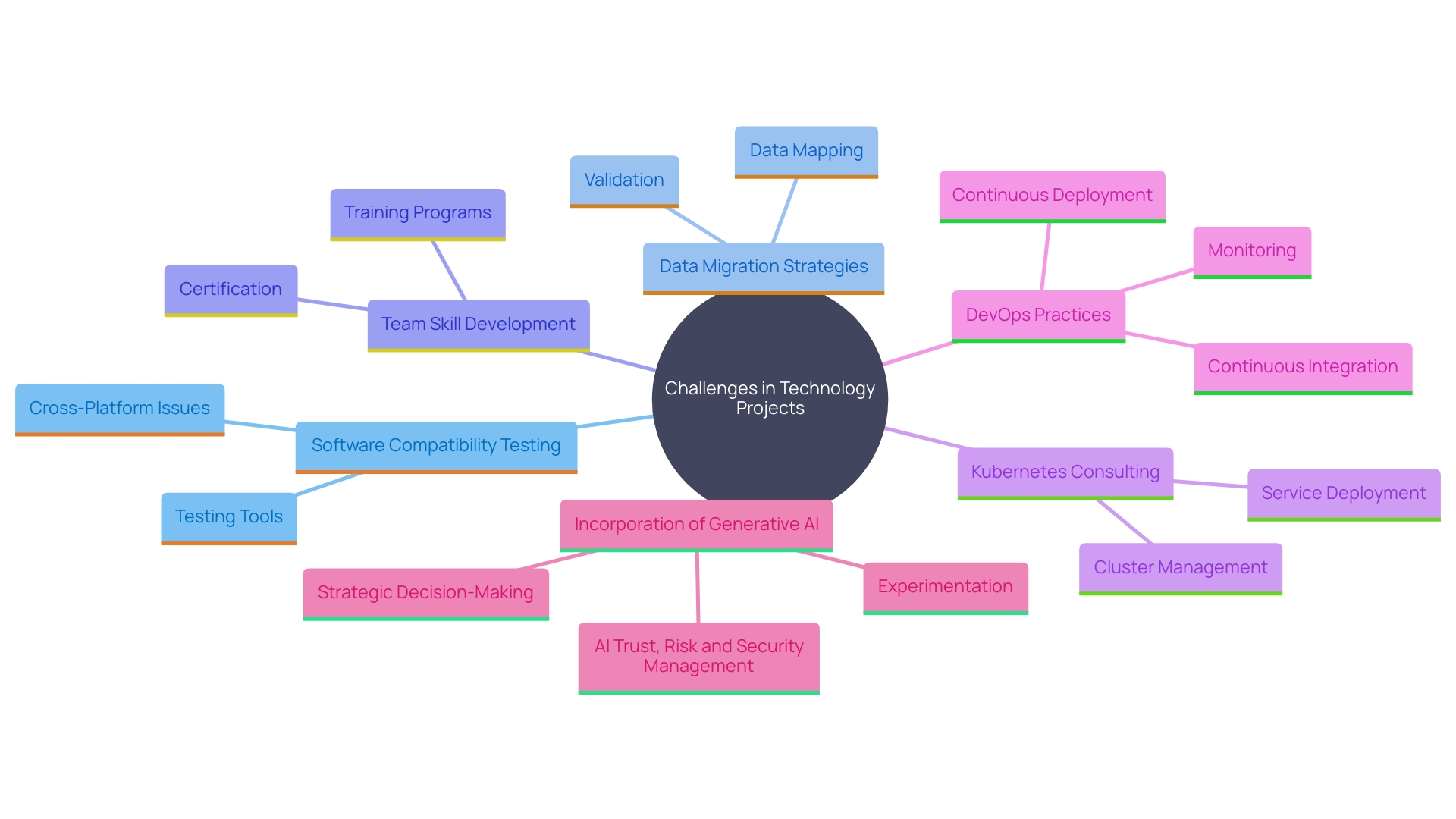
Conclusion
The migration to Kubernetes represents a transformative opportunity for organizations seeking to enhance their cloud infrastructure and application management. Thorough pre-migration planning, including a comprehensive assessment of existing environments and applications, forms the foundation of a successful transition. Identifying key stakeholders and aligning migration efforts with clear business goals are essential steps that pave the way for effective execution.
The process of containerization and the creation of precise Kubernetes manifests are critical elements that ensure applications operate efficiently within the Kubernetes ecosystem. By implementing a phased migration strategy, organizations can minimize disruptions and fine-tune their approach based on real-time feedback. Post-migration, continuous performance assessment and resource optimization are vital for maintaining system stability and achieving desired business outcomes.
Addressing common challenges—such as application compatibility, data migration, and skill gaps—requires a strategic approach. Providing targeted training and engaging with expert consulting services can significantly enhance the migration process. By adopting best practices and leveraging industry insights, organizations can navigate the complexities of Kubernetes migration effectively, ultimately achieving improved scalability, performance, and resilience in their cloud environments.




